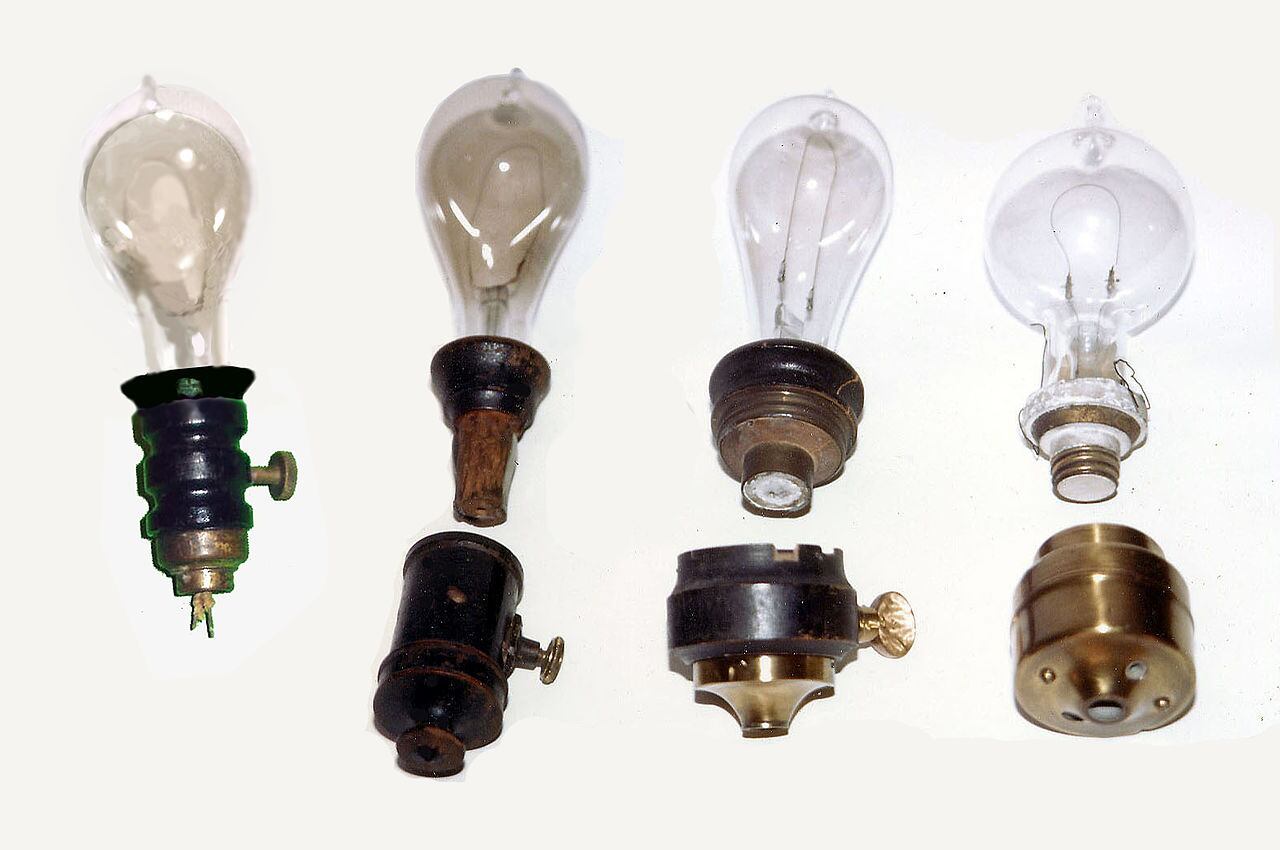To understand the future of electronic warfare, think about the lamp.
At the 2019 Association of the United States Army’s annual meeting, the Sensors Open Systems Architecture consortium delved into an Edisonian past to meet the needs of plug-and-play warfare.
The tricky job of a consortium is getting a collection of companies, many of them direct competitors, to agree on the parts of a design that they will not compete on. With light bulbs, it was widespread standards for the size of sockets, so that customers would not be locked into proprietary bulbs. In more recent times, it can be seen in the “universal” part of Universal Serial Bus”, or USB, enabling a wide range of machines to use the same ports and draw the same power supply.
The point of the SOSA consortium is to create the same kind of interoperable architecture, freeing the military customer from being vendor locked into a dead product and allowing a whole market to function supporting existing ports. Army Col. Kevin Finch, program manager for electronic warfare and cyber, said exactly what he didn’t want was a program that will cost $50 million to upgrade without offering any more capability.
Finch is part of the SOSA consortium. SOSA’s initial focus is creating a unified system architecture for radar, electro-optical/infa-red, signals intelligence, electronic warfare, and communications, all broadly in the category of “emit and receive structured energy, and process it.” For the electronic warfare operator, looking to plug different payload packages into different delivery systems, that kind of interoperability is a boon in the field, expanding options without sacrificing reliability.
For people who more often rely on just receiving signals, rather than actively fighting in the electromagnetic spectrum, the goal is that this functionality is seamless and invisible.
“Pilots might not notice a difference,” said Dave Jedynak, the chief technology officer of contractor Curtiss Wright, “but everyone else in the supply chain will.”
Asked about the potential for cybersecurity weaknesses in the standards, John Bowling of the SOSA steering committee and a technical expert for interoperability and architecture at the Air Force, argued that the goal is to build systems within standards that don’t force poor choices in design.
“You could take this and still build an insecure system, but our goal is to guide people in the right way to make it secure,” said Bowling.
A shared standard is helpful but insufficient for security on its own. Should security concerns about vulnerabilities introduced through the standard emerge, the standard itself can be updated. It is a living document, an agreement guiding production of the plugs for plug-and-play parts.
Consortium work is a consensus process among competitors, which can take time and be difficult and involves a lot of meetings. The alternative, as panelists stressed time and time again, is a military where when a light bulb breaks, it has to buy a whole new lamp.
Kelsey Atherton blogs about military technology for C4ISRNET, Fifth Domain, Defense News, and Military Times. He previously wrote for Popular Science, and also created, solicited, and edited content for a group blog on political science fiction and international security.








